Resistance bands are a popular piece of fitness equipment that have become increasingly popular in recent years. They are versatile, portable, and inexpensive, making them an ideal addition to any home gym or workout routine.
Resistance bands are essentially elastic bands that are used for strength training, stretching, and rehabilitation exercises. They come in a variety of shapes, sizes, and resistance levels, making them suitable for people of all ages and fitness levels. They can be used to target specific muscle groups, increase overall strength and endurance, and even aid in injury rehabilitation.
One of the primary benefits of resistance bands is their versatility. They can be used for a wide variety of exercises, from upper and lower body workouts to core strengthening and stretching. They can be used on their own, or in conjunction with other equipment such as dumbbells and kettlebells to add an extra level of resistance to your workouts.
Resistance bands are also incredibly portable, making them a great option for people who travel frequently or who don’t have access to a traditional gym. They take up very little space and can easily be packed in a suitcase or gym bag. This makes it possible to continue your fitness routine no matter where you are.
Another advantage of resistance bands is that they are inexpensive. They are a much more affordable option than other types of fitness equipment, such as weight machines or home gyms. This makes them accessible to people who might not otherwise be able to afford to invest in fitness equipment.
Resistance bands come in a variety of shapes and sizes, with different resistance levels. This allows users to choose the band that best suits their fitness level and workout goals. Bands with lighter resistance are ideal for beginners or for exercises that target smaller muscle groups, while bands with heavier resistance are suitable for more advanced users or for exercises that target larger muscle groups.
When using resistance bands, it’s important to use proper form and technique to prevent injury. Always start with a lighter resistance and gradually increase the intensity as your strength improves. It’s also important to warm up before using resistance bands, and to stretch afterwards to prevent soreness and tightness.
In addition to traditional resistance bands, there are also a variety of specialized bands available for specific types of exercises. For example, loop bands are great for lower body exercises, while figure-eight bands are ideal for upper body workouts. Some bands are designed specifically for rehabilitation exercises, such as those used to treat knee injuries.

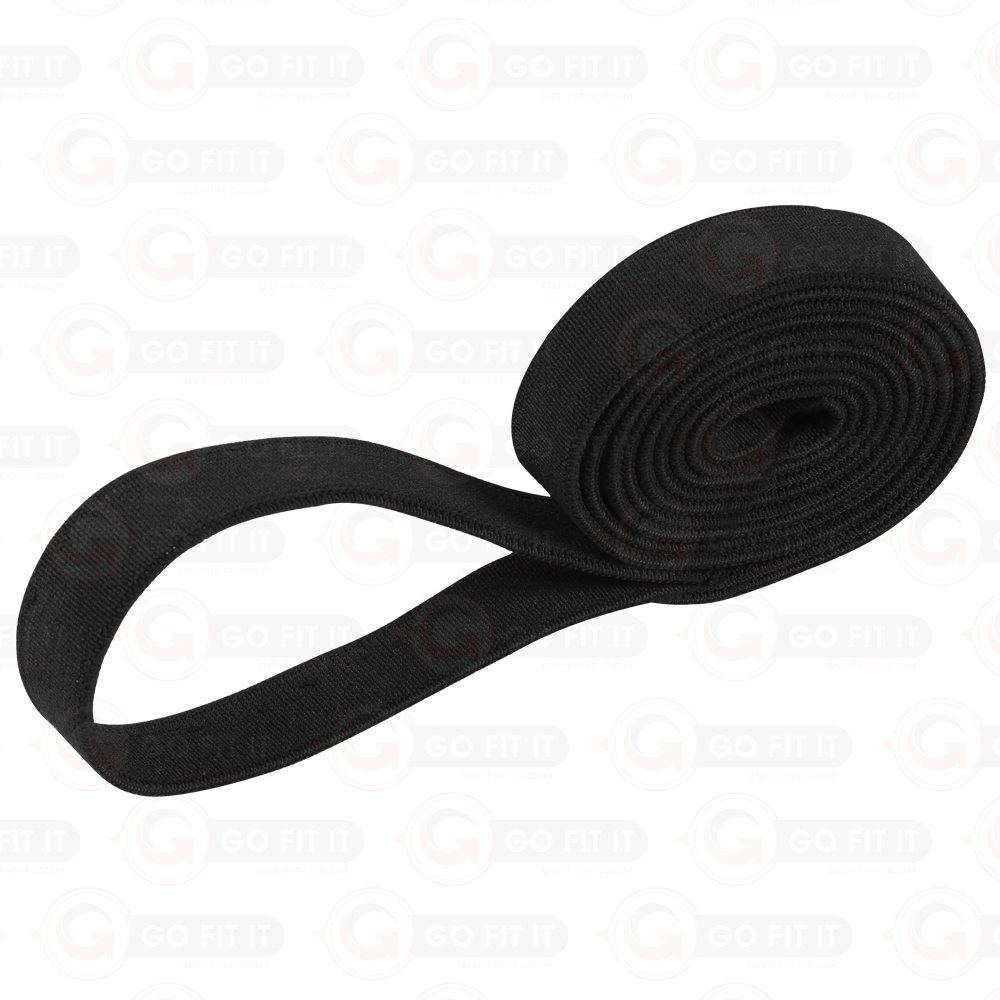




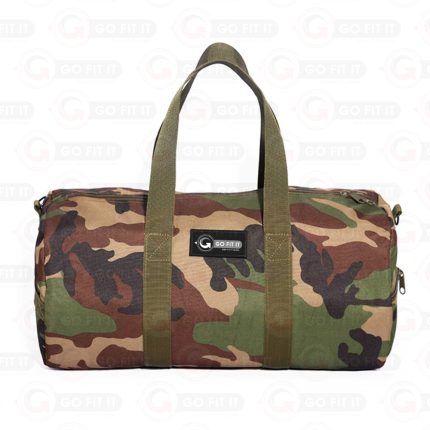
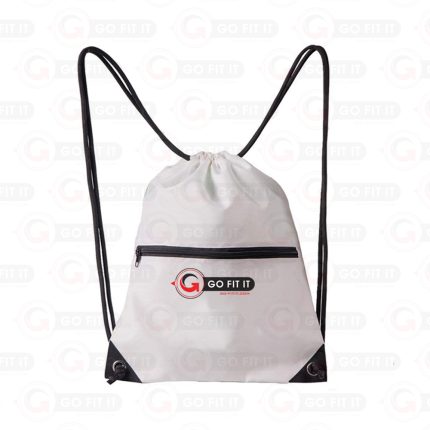
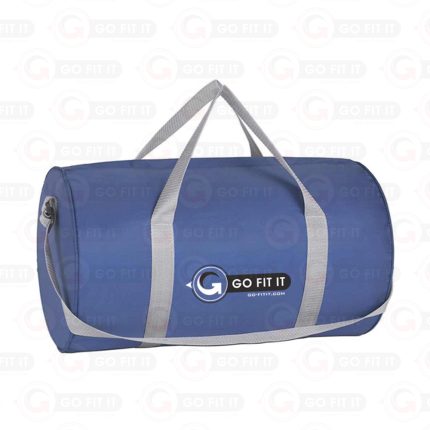



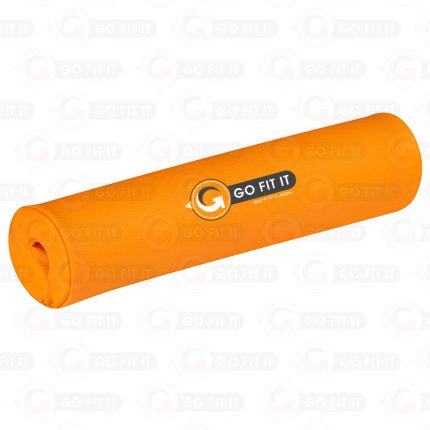

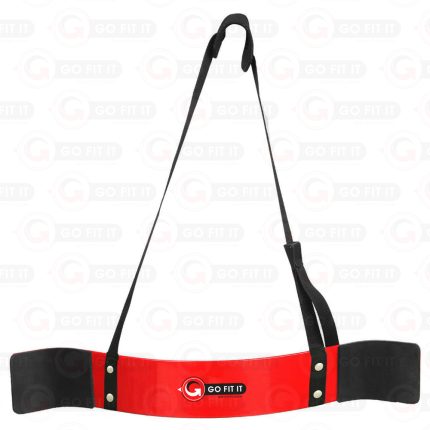
Reviews
There are no reviews yet.